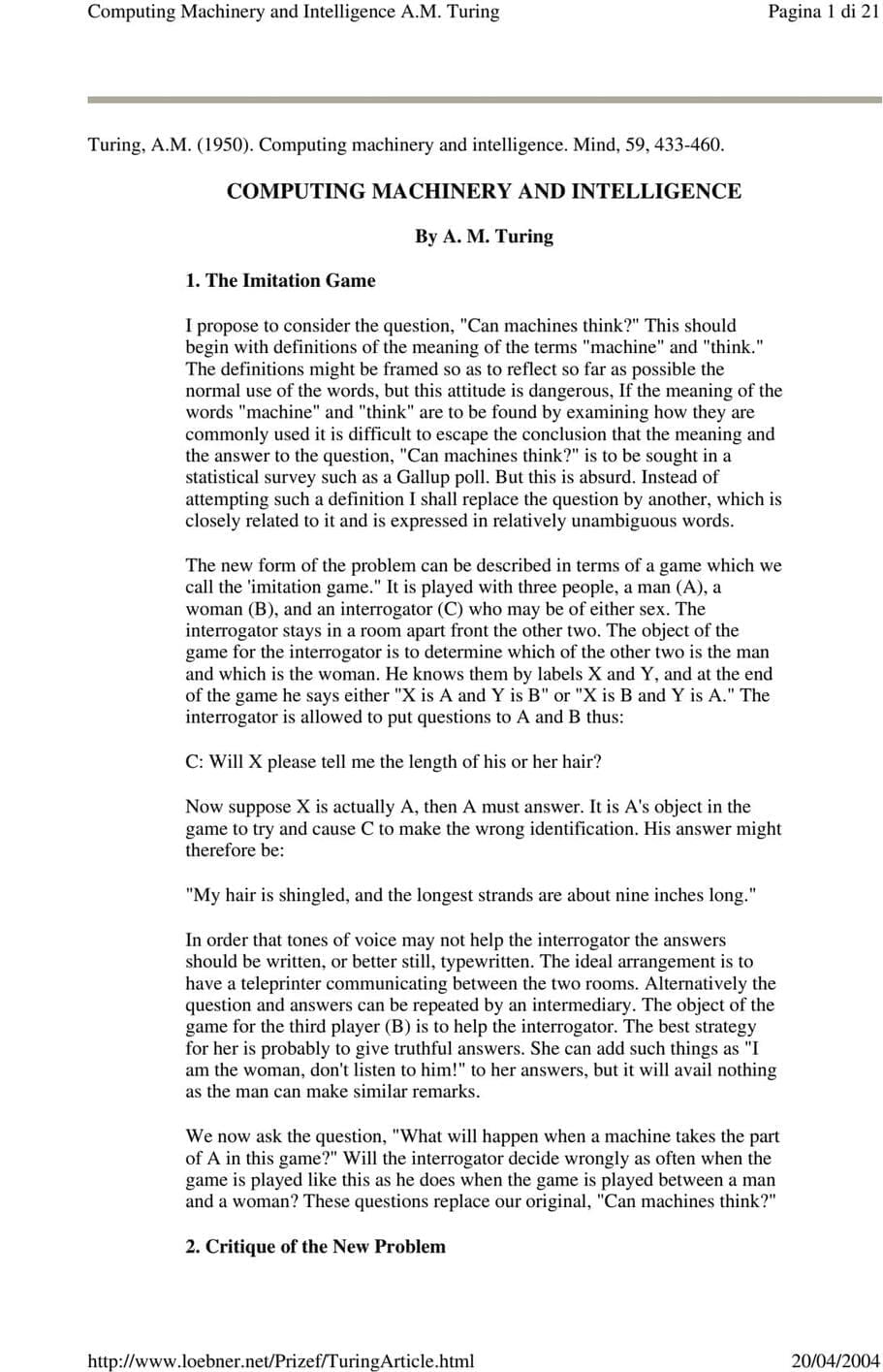Radhika is a professor at Harvard and a core faculty member of the Wyss Institute for Biologically Inspired Engineering. She studies collective behavior in biological systems and how such behaviors can be applied to computing and robotics.
Radhika Nagpal is the Kavli Professor of Computer Science at Harvard University and a core faculty member of the Wyss Institute.
for Biologically Inspired Engineering. At Harvard, she leads the Self-organizing Systems Research Group (SSR) and her research combines.
computer science, robotics, and biology. Her main area of interest is how cooperation can emerge or be programmed from large groups of.
simple agents. Radhika Nagpal is a Core Faculty Member at the Wyss Institute for Biologically Inspired Engineering at Harvard, where she heads the Self-Organizing Systems Research Group in the study of collective behavior in biological systems and how such behaviors can be applied to computing and robotics. A professor at the Harvard School of Engineering and Applied Sciences (SEAS), her research draws on inspiration from social insects and multicellular biology, with the goal of creating globally robust systems made up of many cooperative parts.
This talk was given at a TEDx event using the TED conference format but independently organized by a local community.




